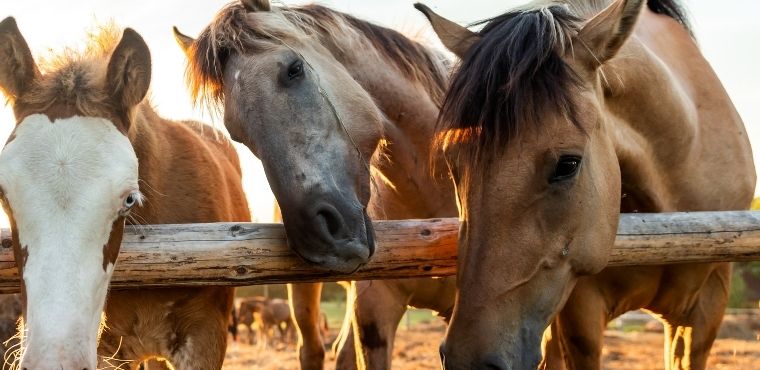With the summer season approaching quickly, caring for your horses is paramount. Allow your horses to get accustomed to the warm weather to hoof it under the sun. Here is how to prepare your horses for warmer weather to ensure they can handle it.
Provide a Cool Air Supply
The air in their stall must be fresh, and you can achieve this by placing standing fans throughout the barn. The fans will provide a breeze throughout the complex, ensuring there is no standing air. Misting your horse is another technique to keep them comfortable. Installing misters in your stable is a great option because your horses can absorb water via their skin, thus staying hydrated.
Encourage Hydration
Humans load up on fluids to prevent dehydration in sweltering temperatures, and you should do the same for your horses. They must have constant access to cold, clean water on hot days.
To guarantee that the water is cool and fresh, you may have to move their water stations to a shaded area. Water heats up when it’s under the sun for extended periods, and your horses will probably find that it’s not satisfying. This can cause them to dehydrate themselves without even knowing it.
If your horses struggle to stay hydrated, put a salt block near the water supply. They tend to enjoy salt blocks, which encourage your horses to drink more water on hot days.
Limit Nuisances
Standing water is a pest magnet. One of the best ways to minimize bug infiltration is to avoid standing water altogether. However, this isn’t always practical, so be sure to empty any buckets that accumulate debris and bugs throughout the day.
Another integral job is cleaning the stalls regularly. Their dung attracts flies, and those flies will bother your horses. If the flies continue to annoy your horses, give them each a fly mask or a warm-weather flysheet to help relieve the situation.
Adjust Your Schedule According to the Temperature
You may want to change your riding hours during the warmer months, or else you’ll both risk heat exhaustion. Instead of conducting one intensive workout, consider several less strenuous activities during the day. This strategy allows you to continue with your riding regimen while also giving your horse time to relax and hydrate between sessions. Riding in the morning and evening is preferable because the temperatures are milder. Note that evenings are usually warmer than mornings, so consider early starts over late nights.
Now that you know how to prepare your horses for warmer weather, you won’t have any issues as the temperatures rise. Keep an eye on the signs of heatstroke like excess sweating and an elevated heart rate to know if you need to do more for your horses. Following these tips should curb the most severe circumstances.






